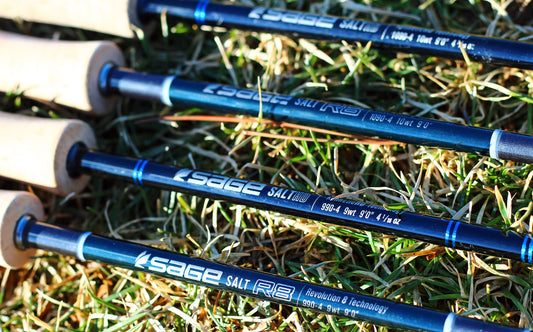All Points Fly Shop + Outfitter Blog

Fly Rod Shootout: Sage Salt R8 vs. Sage Salt HD
Words + Photos By: Josh Thelin Saltwater fly rods have a unique place in fly fishing. They are dealt a wide variety of environments to accommodate, have to manage larger...
3 comments
Fly Rod Shootout: Sage Salt R8 vs. Sage Salt HD
Words + Photos By: Josh Thelin Saltwater fly rods have a unique place in fly fishing. They are dealt a wide variety of environments to accommodate, have to manage larger...
3 comments